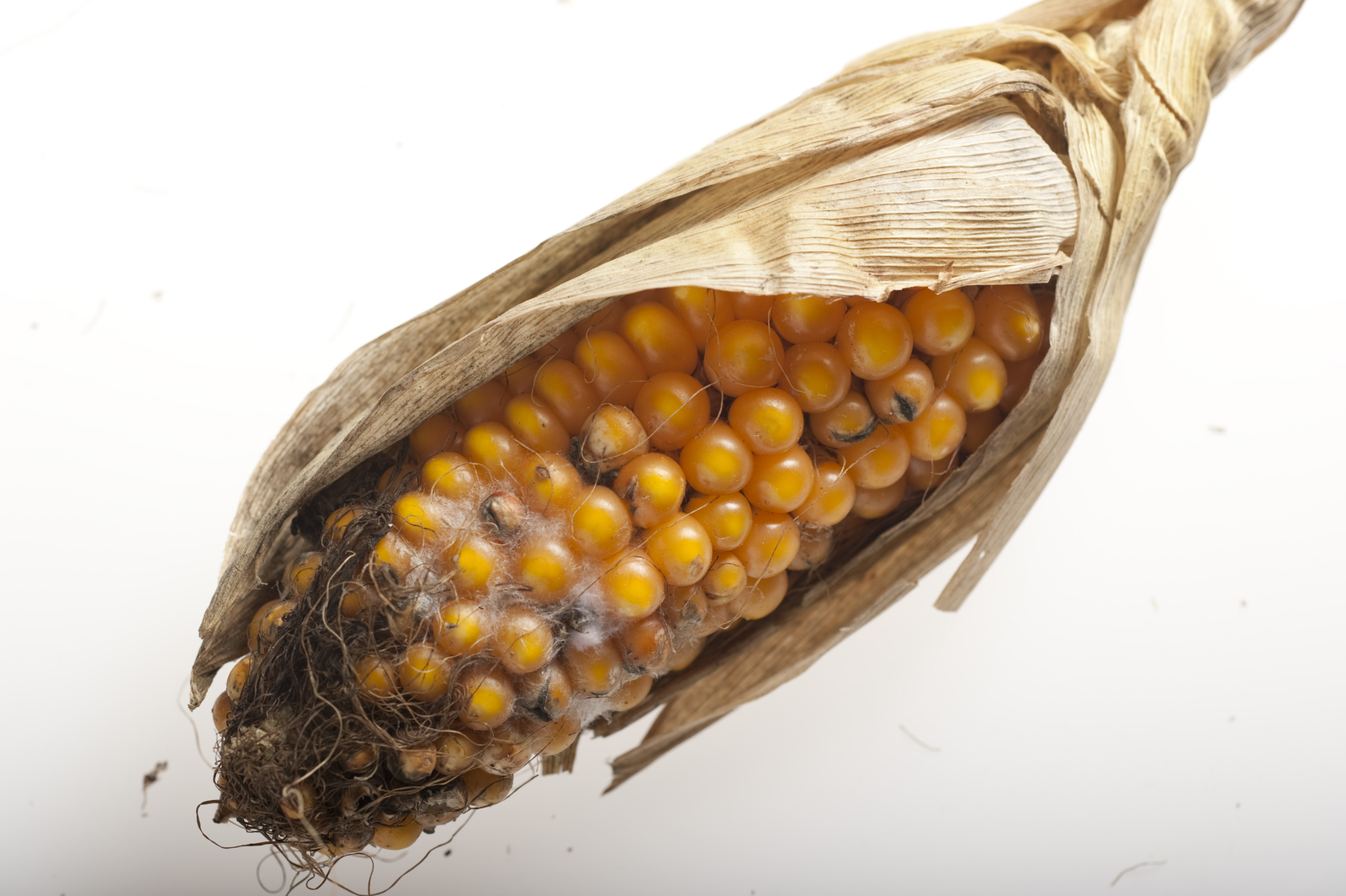Mycotoxin Survey Report 2012 (part II)

In our previous edition, we presented the 2012 Biomin mycotoxin survey results. This edition is dedicated to the results by commodities after a brief review of the last edition.
By Inês Rodrigues, technical manager, Biomin Singapore Pte Ltd, Singapore and
Karin Naehrer, technical manager, Biomin Holding GmbH, Herzogenburg, Austria
In view of the results shown for the 4,000-plus samples analysed in the year 2012, it is clear that a majority of commodities and feed for livestock animals is contaminated with at least one mycotoxin. More frequently than not, multiple mycotoxins will be present in the feed.
Prevention of the negative effects of these hazardous substances in animal health and performance is crucial. In an effort to avoid unnecessary costs and losses originating from the presence of these toxins in animal feeds, effective mycotoxin risk management tools were developed.
Methodology
From January to December 2012, a total of 4,023 samples collected worldwide were analysed for the presence of mycotoxins.
In total, 14,468 analyses were carried out for the most important mycotoxins in terms of agriculture and animal production – aflatoxins (Afla), zearalenone (ZEN), deoxynivalenol (DON), fumonisins (FUM) and ochratoxin A (OTA). In addition to these, European samples were analysed for T-2 toxin (T-2). A majority of the analyses were performed at Romer Labs Diagnostic (Austria), Romer Labs Singapore (Singapore), Romer Labs (USA) and Samitec (Brazil). Eighty-eight percent of the samples were analysed by High Performance Liquid Chromatography (HPLC) and 12% by Enzyme Linked Immunosorbent Assay (ELISA), which is only applied in the European and North American labs. Non-detection levels were based on the quantification limits of the test method for each mycotoxin. Figure 1 (see pdf attached) shows the percentage of positive results for each region and for each mycotoxin group. The survey results by commodity is in Table 1 (see pdf attached).
From corn to corn by-products
Similar to previous years, corn was the most extensively tested commodity and FUM was the most prevalent mycotoxin present in 86% of tested corn samples.
Average levels found for all mycotoxins were similar or higher than those observed in 2011, except for Afla, for which levels were lower (38 ppb in 2012 vs 101 ppb in 2011). As expected, levels of ZEN and DON found in corn by-products such as Corn Gluten Meal (CGM) and Dried Distillers Grains with Solubles (DDGS) far exceeded those found in unprocessed corn.
Wheat, rice and respective brans
DON was the most prevalent myco-toxin in wheat, present in 70% of tested samples. As expected, wheat bran samples had higher contamination levels than wheat itself, even if differences were not as great as expected.
In comparison with wheat, rice samples tested showed a lower prevalence of all mycotoxins, except for Afla, which can be easily explained by the weather conditions favourable to Afla occurrence (higher temperature) in countries producing this commodity.
Soybean and other protein sources
As observed in previous years, both the prevalence and concentration of mycotoxins in soybeans were lower than that of cereal grains such as corn and wheat. A similar pattern was observed for other protein sources such as lupines and other pulses which originated mainly from Oceania and were sourced in the Asia-Pacific region. This occurrence was not surprising as it is commonly known that other mycotoxins, namely hepatotoxic Phomopsins produced by Diaporthe toxica, are of greater concern in the case of these commodities.
Finished feed
The contamination pattern of finished feed is quite similar to that of corn, as this is the major commodity used globally for livestock diets. As such, FUM, DON and ZEN were the most prevalent mycotoxins in finished feed samples with contamination levels approaching four-digit figures in the case of DON and FUM and around 200 ppb for ZEN.
Silage and straw
Similarly to previous surveys, the main mycotoxins present in silage were DON and ZEN which were present in 68% and 49% of tested samples. The most prevalent mycotoxin found in straw was DON, with 67% of samples testing positive for this trichothecene. Often overlooked, this fact is of particular relevance for dairy cows, swine and poultry for which straw material is used as bedding. As animals frequently eat bedding material, the contamination levels in straw should not be ignored.











